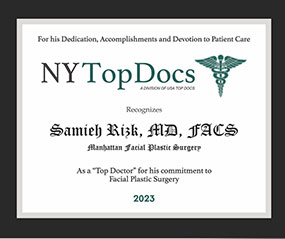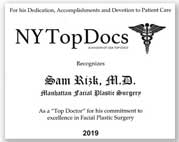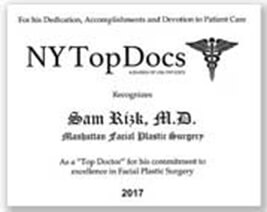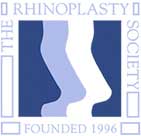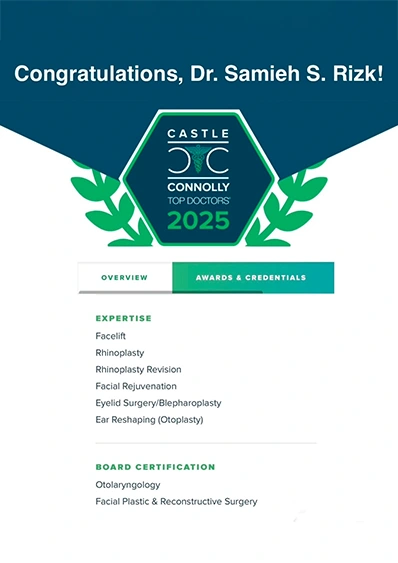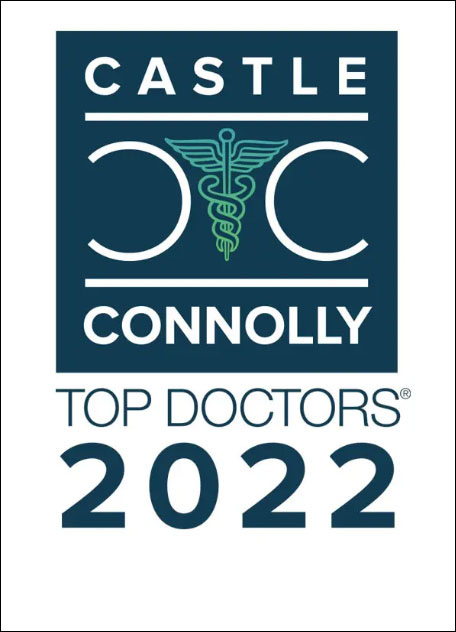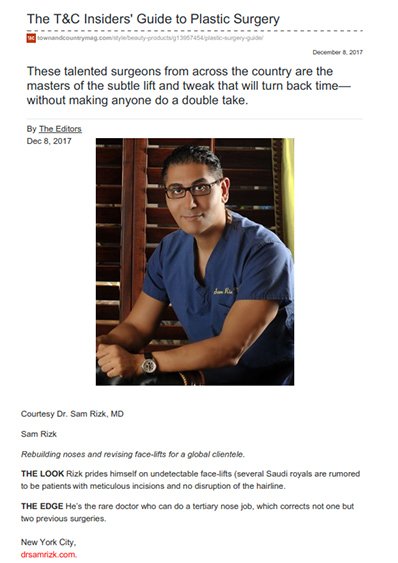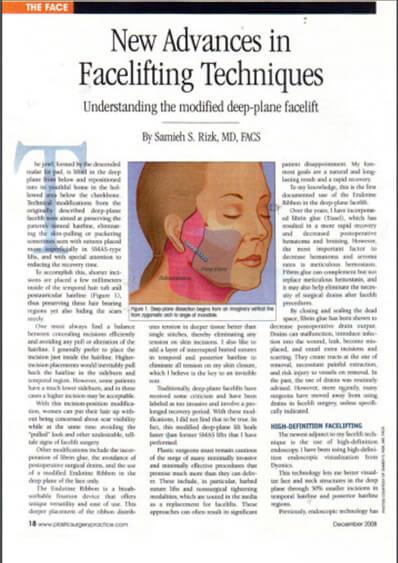Understanding Facial Volume Loss
Facial volume loss is a natural part of aging that occurs as collagen and elastin production declines, reducing the skin’s firmness and elasticity. Fat in the cheeks and other areas diminishes and shifts, leading to hollow cheeks and sunken eyes. Additionally, facial bones lose density, weakening the underlying structure, which contributes to sagging skin and an overall tired appearance. These combined changes result in the noticeable loss of youthful plumpness in the face.
What Is Loss of Facial Volume?
The condition occurs when areas of the face, such as the cheeks, temples, and under the eyes, lose their natural fullness. This results in hollowed features, less defined contours, and an aged or tired appearance. Beyond aesthetics, facial volume loss can affect self-confidence and overall emotional well-being. Dr. Rizk offers various solutions at his Manhattan office to counteract this through surgical methods that rejuvenate the face for a more youthful appearance.

What Are The Main Symptoms?
The symptoms of reduced volume in the face area can include:
- Hollow Cheeks: A noticeable reduction in fullness in the midface area, leading to a sunken appearance.
- Hollow Eyes: Dark circles or shadows under the eyes can appear more pronounced as fat diminishes.
- Sagging Skin: Loose skin around the cheeks and jawline may become more evident, contributing to an aged appearance.
- Overall Tired Look: A fatigued appearance may develop due to the combination of volume loss and sagging skin.
What Causes Facial Volume Loss?
Several factors contribute to this condition:
Natural Aging
As we age, our bodies produce less collagen and elastin, proteins that help maintain skin firmness and elasticity. Additionally, facial fat diminishes, leading to a hollow and gaunt appearance.
Inherited Traits
Genetics can influence the structure of your face and the amount of fat present in certain areas, predisposing individuals to volume loss as they age.
Lifestyle Choices
Habits such as smoking and excessive alcohol consumption can accelerate the breakdown of collagen, leading to premature aging. Poor diet and hydration can also negatively affect skin health.
Environmental Factors
Exposure to sun, pollution, and harsh weather conditions can damage the skin, exacerbating the loss of volume and elasticity over time.
Awards & Certifications
Long-term Solutions for Facial Volume Loss
The best treatment for facial volume loss often involves surgical intervention. While temporary fixes like fillers may provide immediate volume, they do not offer a long-lasting solution. Dr. Rizk’s approach may include fat grafting, which involves transferring fat from another part of the body to enhance facial fullness. This technique not only restores volume but also improves skin texture, as the transferred fat contains stem cells that promote a more youthful radiance.
Each of the following options offers distinct advantages for addressing facial volume loss. Whether you are experiencing sagging skin, midface hollowness, or early signs of aging, Dr. Rizk’s expertise allows him to recommend the most appropriate procedure to match your individual needs and aesthetic goals.
Full Facelift
Dr. Rizk’s full facelift addresses the entire face, including the upper, mid, and lower regions, focusing on comprehensive rejuvenation. This procedure lifts and tightens every part of the face that shows signs of aging, including sagging skin, deep folds, and volume loss in areas such as the cheeks, jawline, and neck. By repositioning deeper tissues and removing excess skin, the full facelift restores youthful contours, enhances overall volume, and improves facial harmony.
Deep Plane Facelift
The deep plane facelift is an advanced surgical technique that goes beyond the superficial layers of the skin. During a deep plane facelift, Dr. Rizks lifts the deeper structures of the face, including the SMAS (superficial musculoaponeurotic system), which helps restore volume and youthful contours effectively. This approach is especially beneficial for those experiencing midface volume loss, as it addresses sagging cheeks and the hollowness under the eyes. The deep plane technique allows for more dramatic and natural-looking results, ensuring that volume is restored without the “pulled” appearance often associated with traditional facelifts.
Mini Facelift
Dr. Rizk’s mini facelift is a less invasive option for patients with mild to moderate signs of aging. This procedure focuses on tightening the lower face area, making it ideal for individuals who may be starting to notice subtle loose skin. While it may not provide the same level of volume restoration as a full facelift, the mini facelift effectively lifts sagging skin and improves the contours of the lower third of the face. This procedure works well for those seeking minor enhancements and a refreshed look without extensive downtime.
Preservation Facelift
The preservation facelift is a more recent advancement in facial rejuvenation that emphasizes maintaining the natural anatomy of the face while addressing signs of aging. This technique involves less skin undermining, preserving the blood supply to the skin and minimizing trauma. The preservation facelift effectively restores overall facial volume by repositioning the deeper layers of fat and muscle, particularly in the cheeks and jawline. This method is ideal for individuals wanting to achieve subtle yet noticeable improvements without compromising their facial structure.
Still Have Questions?
Want to learn more about conditions affecting facial volume? Read our facelift FAQs.
Read Our Blog for More Tips
Interested to Know If You’re a Candidate? Reach Out Now
A New York City top facial plastic surgeon, Dr. Rizk has a deep understanding of facial anatomy. His personalized treatment plans ensure natural balance with your unique facial structure. Contact Dr. Rizk’s Manhattan office for a personalized assessment and expert care
Frequently Asked Questions
What is the best treatment for facial volume loss?
The best treatment for loss of facial volume is typically a personalized approach that may include surgical procedures such as a facelift. Dr. Rizk evaluates each patient’s needs to recommend the most effective treatment.
Can non-surgical treatments restore facial volume?
While non-surgical treatments can offer temporary improvements, they often cannot achieve the same level of correction as surgical options. Dr. Rizk may use these treatments to enhance the results of surgery.
How long do the results of facial volume restoration last?
Surgical treatments for facial volume loss are designed to be long-lasting. Dr. Rizk’s patients enjoy enduring results that reflect a natural, rejuvenated appearance.
Dr. Rizk in the Media

By Dr. Sam S. Rizk, M.D., FACS.
Dr. Rizk is a double board-certified facial plastic surgeon who specializes in rhinoplasty surgery and a recognized expert on the latest advances in facial plastic surgery techniques. He performs a range of facial plastic surgeries at his New York practice.

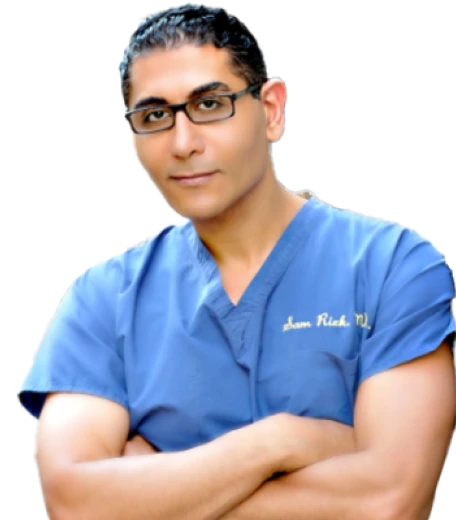


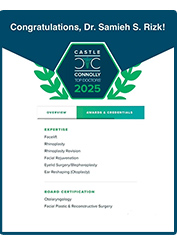


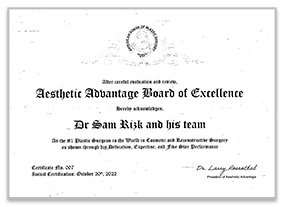
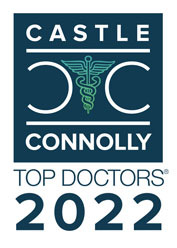

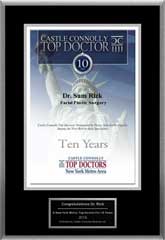
2.jpg)
